Astronomers and volunteer citizen scientists used Hubble’s unique capabilities to identify a largely unseen population of very small asteroids. The treasure hunt required perusing 37,000 archived Hubble images spanning 19 years. The payoff? Finding 1,701 asteroid trails, with 1,031 of the asteroids previously uncatalogued. About 400 of these uncatalogued asteroids are smaller than 1 kilometer.
Tag: Galaxy
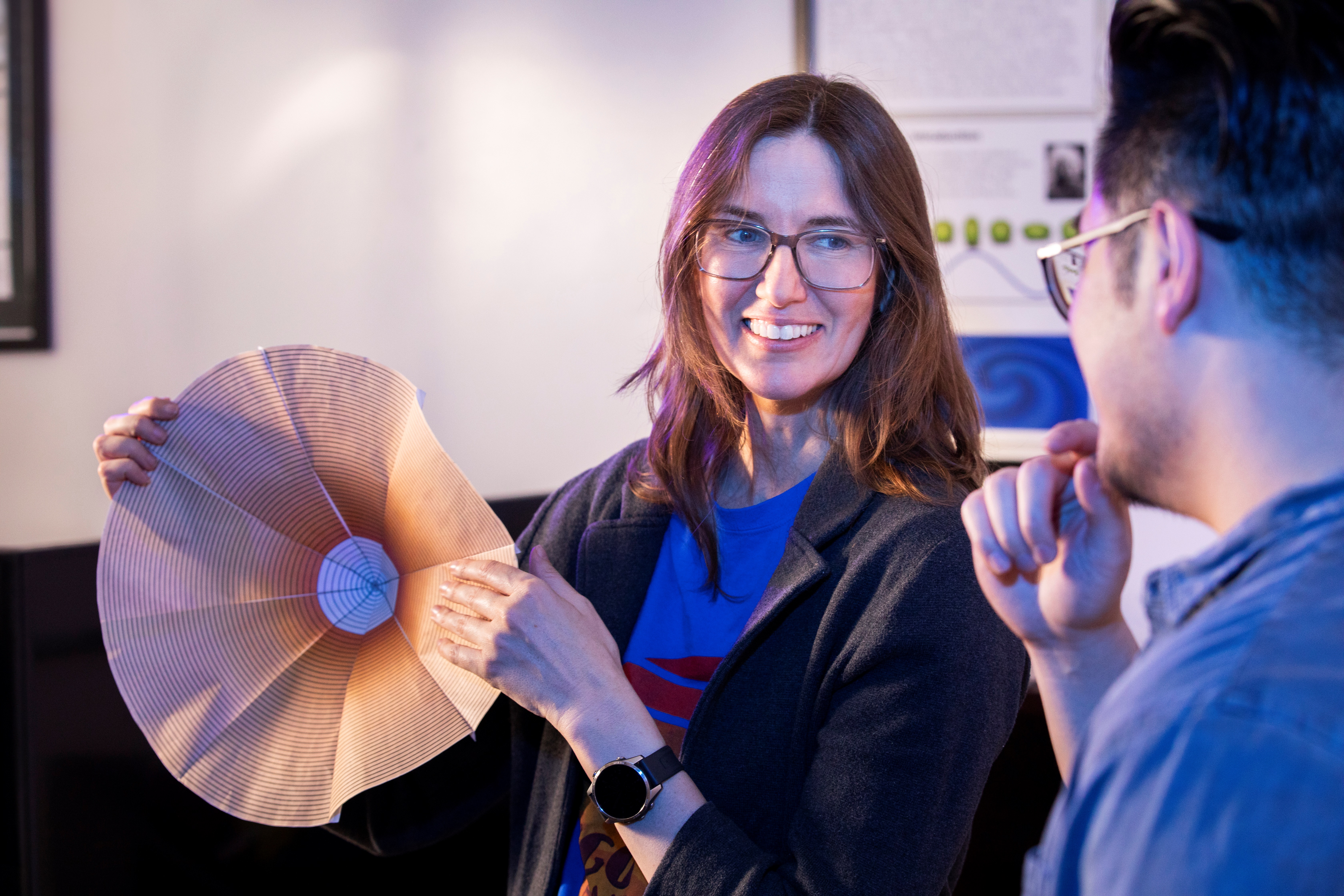
CSUF Scientists Contribute to Mysterious Gravitational-Wave Signal From Neutron Star-Black Hole Cosmic Collision
Cal State Fullerton physicists are on the forefront of a new discovery of gravitational waves from two compact cosmic objects not seen by scientists before.
Black holes are messy eaters
New observations down to light-year scale of the gas flows around a supermassive black hole have successfully detected dense gas inflows and shown that only a small portion (about 3 percent) of the gas flowing towards the black hole is eaten by the black hole. The remainder is ejected and recycled back into the host galaxy.
RIT collaboration with global team confirms, disproves distant galaxies
Rochester Institute of Technology scientists have once again used data from the James Webb Space Telescope (JWST) as part of the Cosmic Evolution Early Release Science (CEERS) Survey to change the way we think about the universe and its distant galaxies.
Hunting for Supermassive Black Holes in the Early Universe
Supermassive black holes (SMBHs) – black holes with masses exceeding a million times that of the Sun – are known to prevail in the universe today.
When the First Stars Turned On: The Origins of the Universe
All stories start somewhere – even the incomprehensibly vast expanse above us has a beginning. Scientists have long studied the cosmos, searching for answers to the “how’s” and “why’s” of life, and that effort continues to this day. From concepts such as ‘Cosmic Dawn’ and ‘redshift,’ UNLV astronomer and computer scientist Paul La Plante focuses on topics that improve our understanding of where it all began.
Massive fuel hungry black holes feed off intergalactic gas
Research led by the University of Southampton has revealed how supermassive black holes (SMBHs) are feeding off gas clouds which reach them by travelling hundreds of thousands of light years from one galaxy to another.

The Latest From The American Astronomical Society Meeting And Other Space News
Below are some of the latest articles that have been added to the Space and Astronomy channel on Newswise, a free source for journalists.
UCI-led astronomers capitalize on early access to James Webb Space Telescope data
First in line to receive data transmissions from the James Webb Space Telescope, a team of astronomers at the University of California, Irvine and other institutions is using the unprecedentedly clear observations to reveal the secret inner workings of galaxies. In a paper published today in The Astrophysical Journal Letters, the researchers describe their examination of the nearby galaxy NGC 7469 with the JWST’s ultrasensitive mid-infrared detection instruments.
IceCube neutrinos provide new view of active galaxy
An international team of scientists, including researchers at the University of Adelaide, have gathered new evidence about the energetic core of an active galaxy millions of lights years away by detecting neutrino particles emitted by it.
WVU scientist says NASA’s Webb Telescope will boost space research at University, Green Bank Observatory
The first photos from NASA’s James Webb Space Telescope have given researchers the deepest and clearest infrared look into space to date. West Virginia University researcher Maura McLaughlin, distinguished professor of physics and astronomy at the Eberly College of Arts…
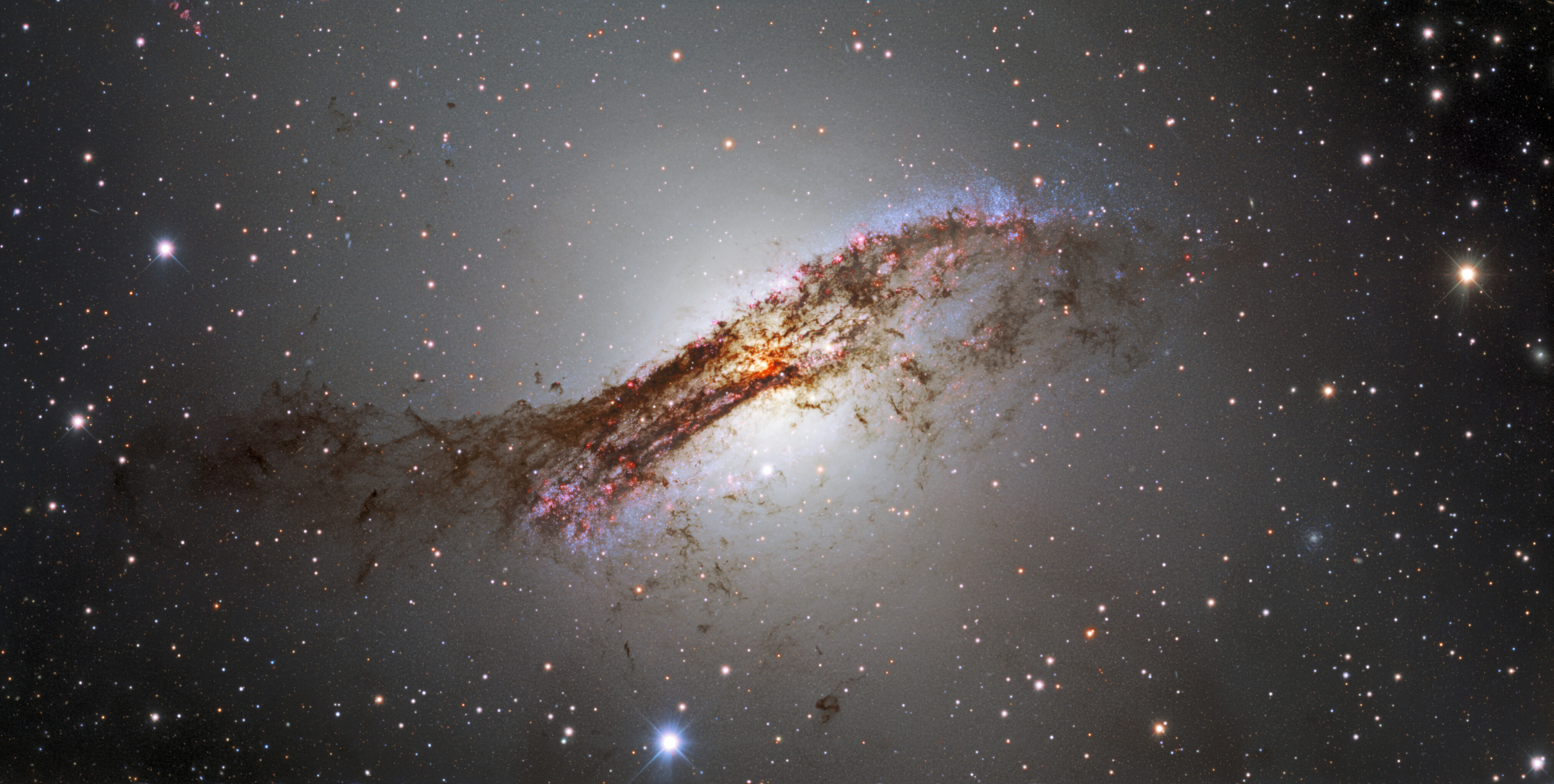
Spectacular Portrait of Centaurus A
A spectacular portrait of the galaxy Centaurus A has been captured by astronomers using the Dark Energy Camera mounted on the Víctor M. Blanco 4-meter Telescope at Cerro Tololo Inter-American Observatory in Chile.
Scientists Observe Gas Re-accretion in Dying Galaxies for the First Time
A new study from scientists using the Atacama Large Millimeter/submillimeter Array (ALMA) suggests that previously displaced gases can re-accrete onto galaxies, potentially slowing down the process of galaxy death caused by ram pressure stripping, and creating unique structures more resistant to its effects.

Dark Energy Spectroscopic Instrument team begins 3D mapping of universe
Irvine, Calif., May 18, 2021 — The Dark Energy Spectroscopic Instrument collaboration launched a new era in cosmology today with a five-year endeavor to construct the largest three-dimensional map of the universe. Comprised of nearly 500 scientists from around the globe, including astronomers at the University of California, Irvine, the DESI group will collect spectral data from more than 30 million galaxies to study dark energy, an as-yet-unknown substance believed to be causing the expansion of the universe to accelerate.
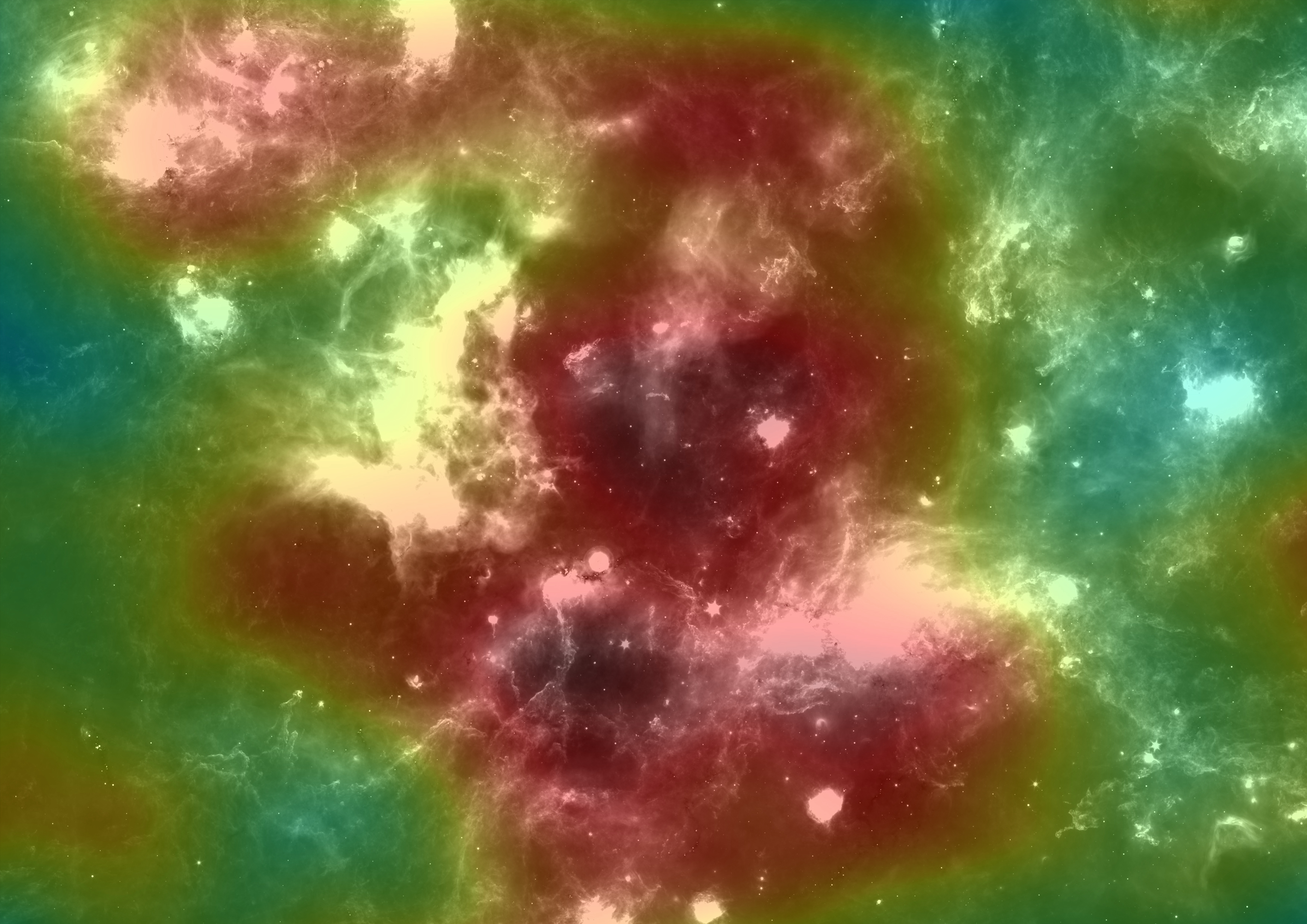
HAWC Gamma Ray Observatory discovers origin of highest-energy cosmic rays in the galaxy
A long-time question in astrophysics appears to finally be answered, thanks to a collection of large, high-tech water tanks on a mountainside in Mexico.

Precision measurements of intracluster light suggest possible link to dark matter
Faint light from rogue stars not bound to galaxies has been something of a mystery to scientists. The dimness of this intracluster light makes it difficult to measure, and no one knows how much there is. Scientists on the Dark Energy Survey, led by Fermilab, have made the most radially extended measurement of this light ever, and they’ve found that its distribution might point to the distribution of dark matter.
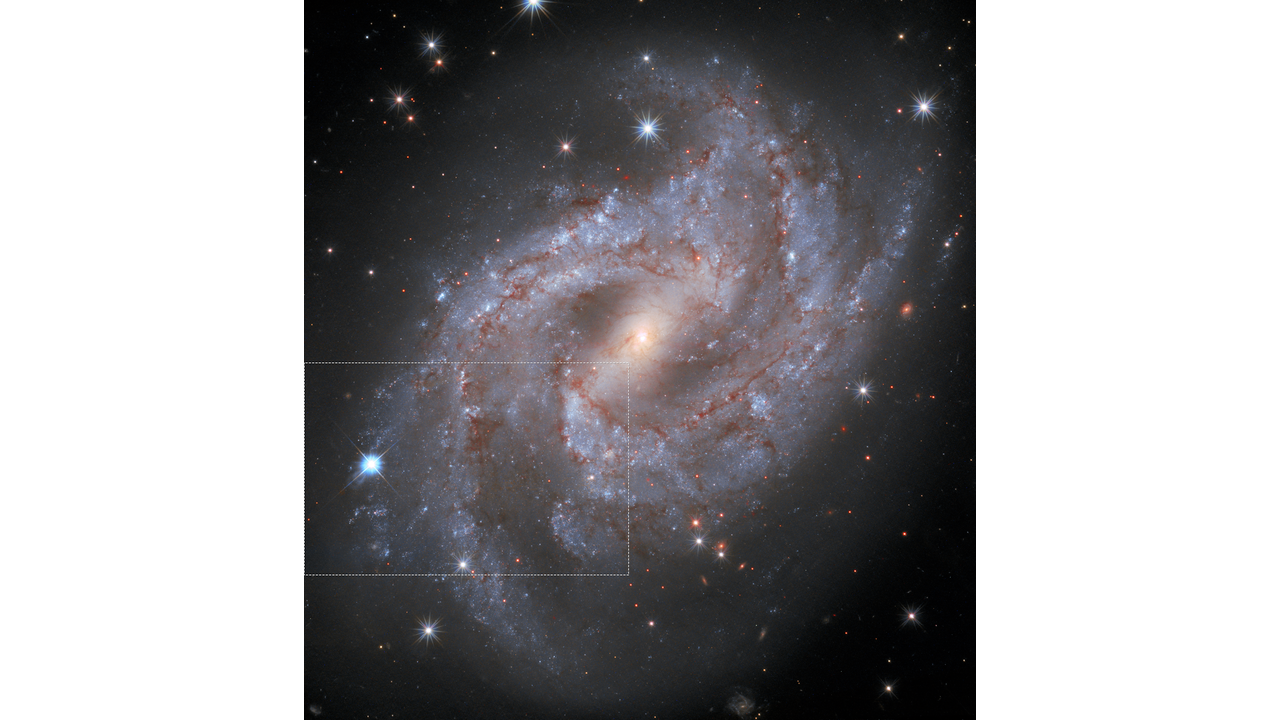
Hubble Watches Exploding Star Fade into Oblivion
Hubble Space Telescope images have been assembled into a time-lapse video of an exploding star fading into oblivion inside a distant galaxy. The video compresses one-year’s worth of observations into seconds. When it exploded the supernova was as bright as 5 billion Suns.
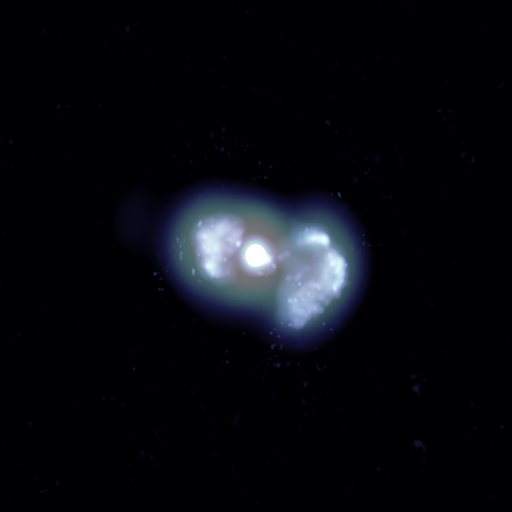
IMAGE RELEASE: A Galaxy’s Stop-and-Start Young Radio Jets
VLBA image shows details of a young jet emitted from the core of an active galaxy, revealing that the jet activity stopped, then restarted only a decade ago.
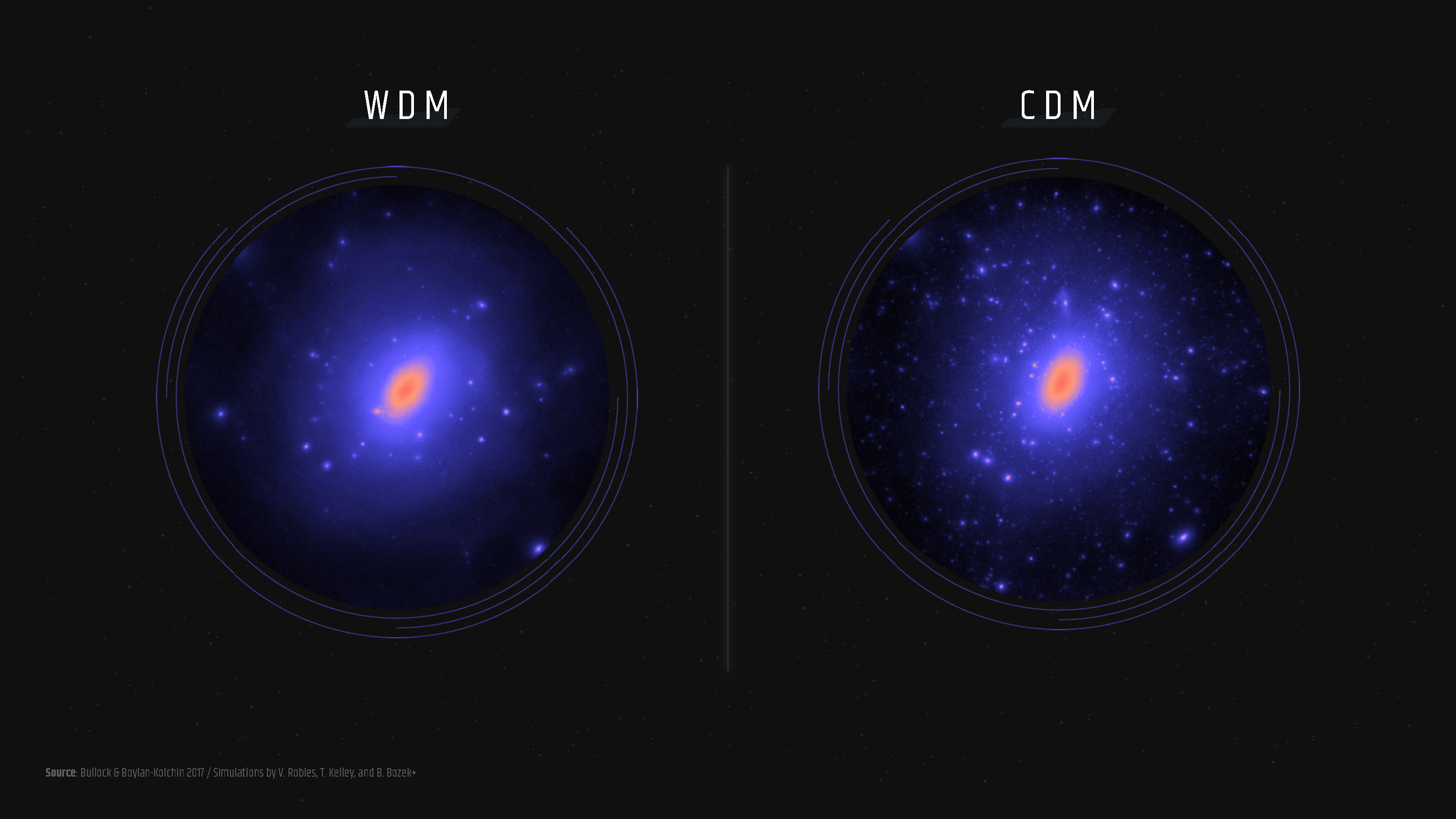
Dark Energy Survey census of the smallest galaxies hones the search for dark matter
Scientists on the Dark Energy Survey have used observations of the smallest known galaxies to better understand dark matter, the mysterious substance that makes up 85% of the matter in the universe. The smallest galaxies can contain hundreds to thousands of times more dark matter than normal visible matter, making them ideal laboratories for studying this mysterious substance. By performing a rigorous census of small galaxies surrounding our Milky Way, scientists on the Dark Energy Survey have been able to constrain the fundamental particle physics that governs dark matter.

Peering under galactic dust, study reveals radiation at center of Milky Way
Thanks to 20 years of homegrown galactic data, astronomers at the University of Wisconsin–Madison, UW–Whitewater and Embry-Riddle Aeronautical University have finally figured out just how much energy permeates the center of the Milky Way.
The researchers say it could one day help astronomers track down where all that energy comes from. Understanding the source of the radiation could help explain not only the nature of the Milky Way, but the countless others that resemble it.
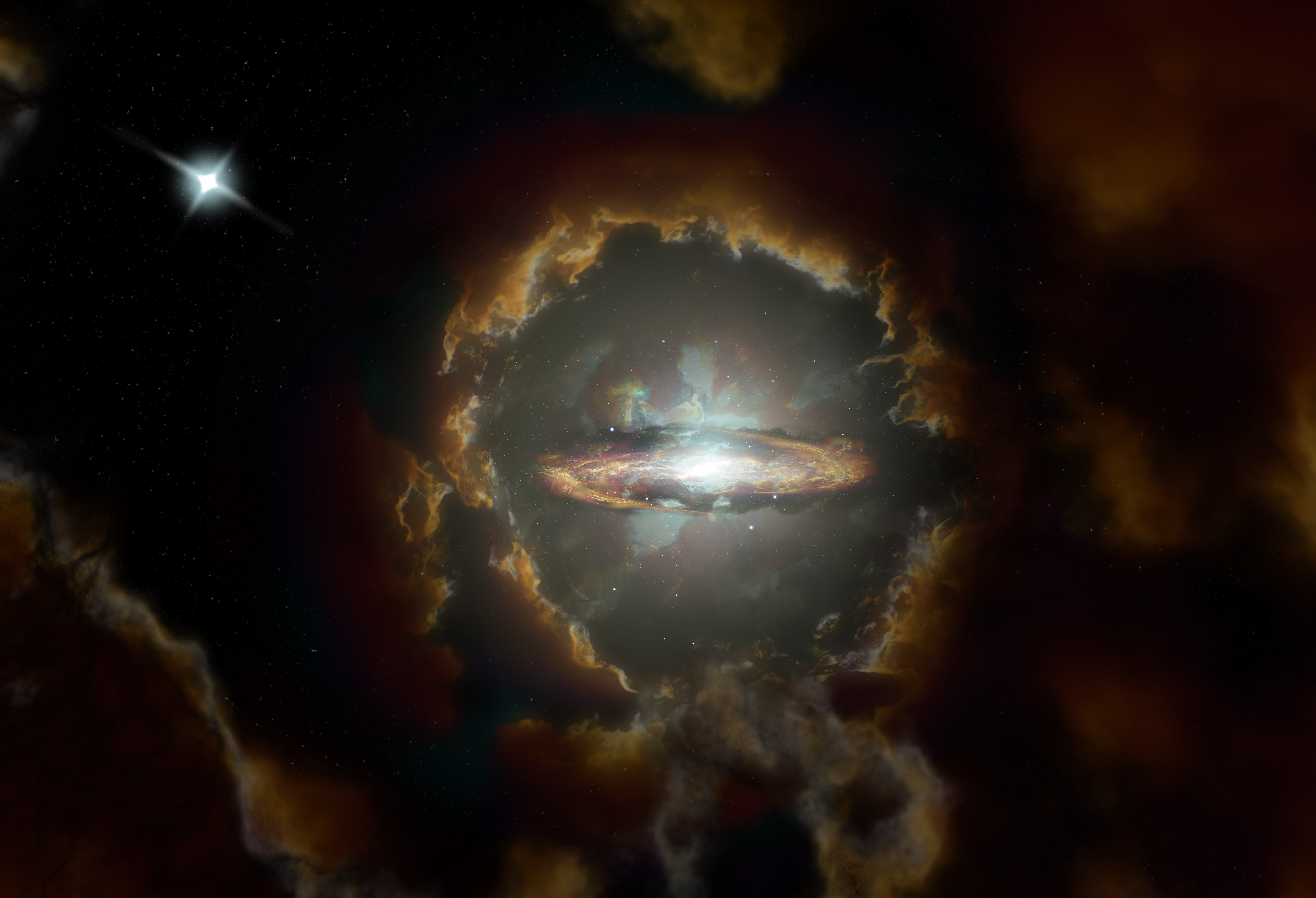
ALMA Discovers Massive Rotating Disk in Early Universe
In our 13.8 billion-year-old universe, most galaxies like our Milky Way form gradually, reaching their large mass relatively late. But a new discovery made with the Atacama Large Millimeter/submillimeter Array (ALMA) of a massive rotating disk galaxy, seen when the universe was only ten percent of its current age, challenges the traditional models of galaxy formation. This research appears on 20 May 2020 in the journal Nature.
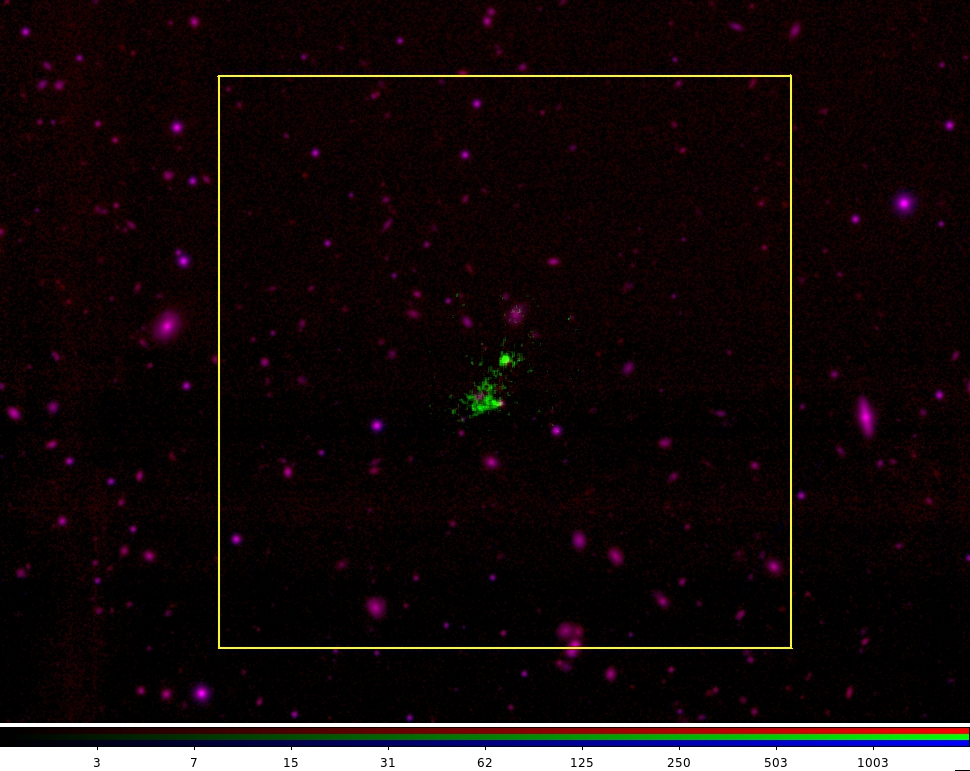
Discovery points to origin of mysterious ultraviolet radiation
Lyman-alpha blobs (LABs) are gigantic clouds of hydrogen gas that produce ultraviolet light known as Lyman-alpha emissions. A study of Lyman-alpha blob 6 (LAB-6) is the first LAB with infalling gas feature. The findings suggest that star-forming galaxies are likely the primary energy source of Lyman-alpha radiation emitted from LAB-6.
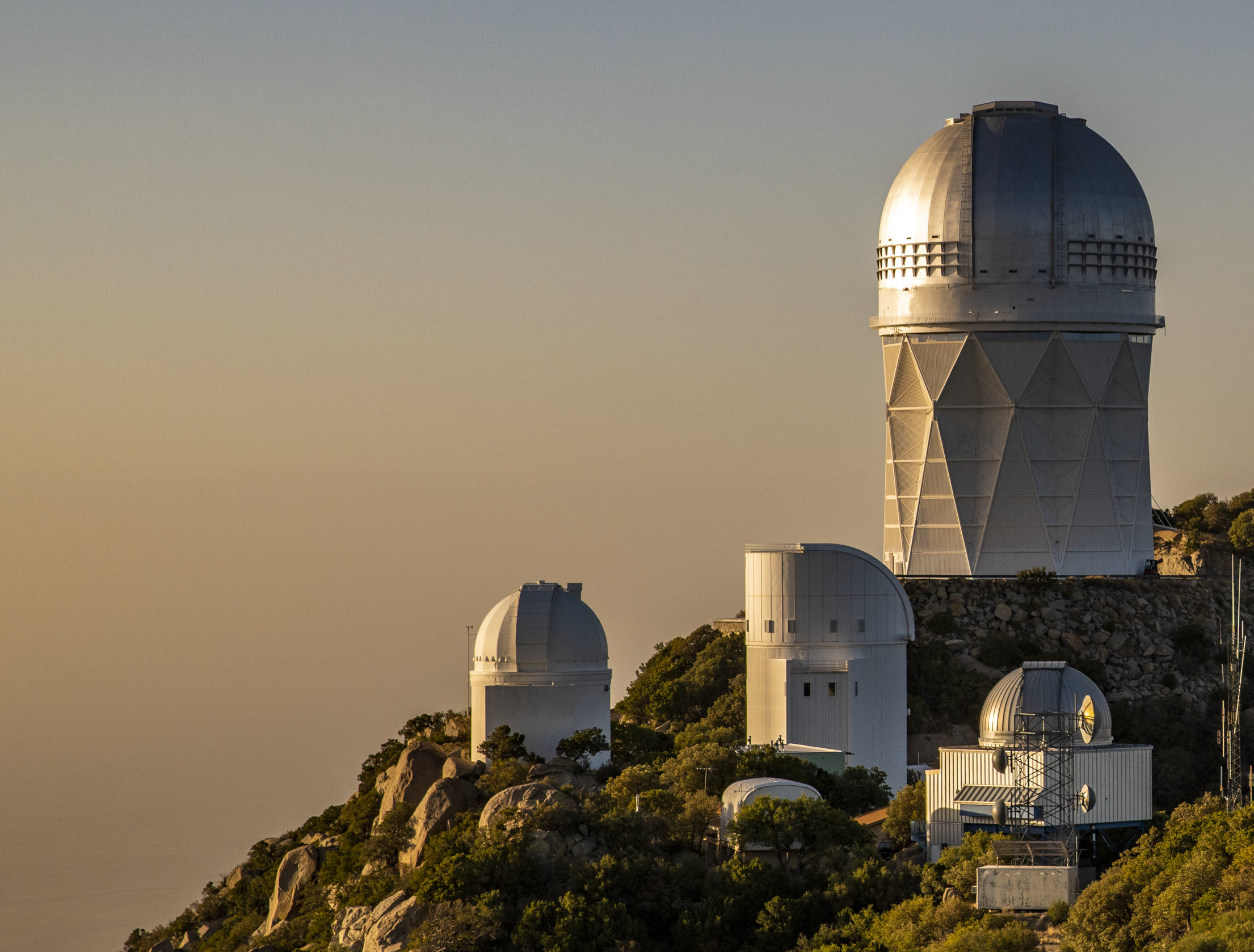
Register to Join a Special April 16 Media Tour of a Telescope Instrument that Will Create a 3D Map of Millions of Galaxies
Members of the media are invited to attend a mid-April dedication of the Dark Energy Spectroscopic Instrument (DESI), which is scheduled to begin its five-year mission to construct a 3D map of the universe in the coming months.